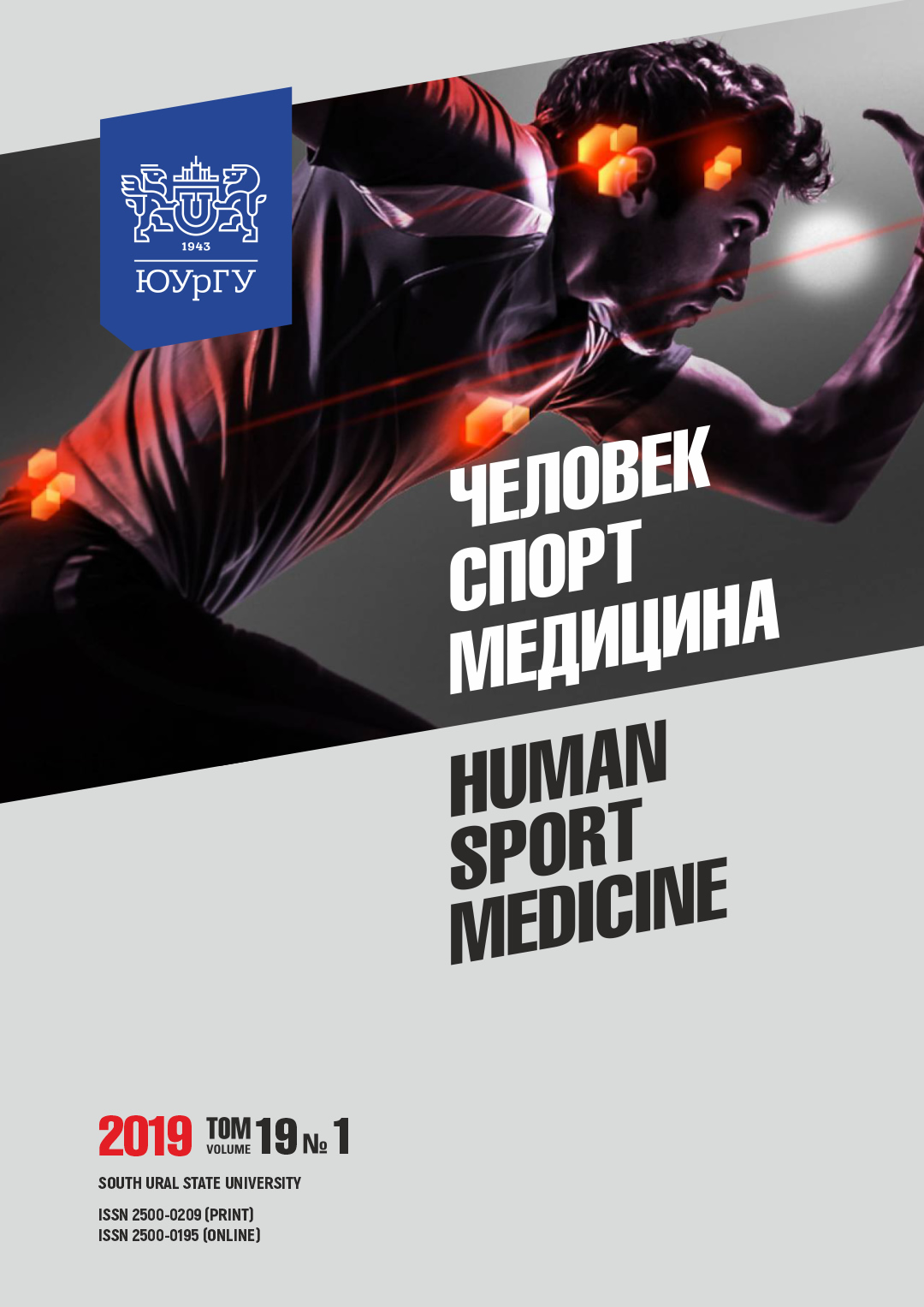PREDICTION OF 100 m FRONT CRAWL PERFORMANCE THROUGH ANTHROPOMETRICAL CHARACTERISTICS IN YOUTH GREEK SWIMMERS ACCORDING TO GENDER
Abstract
Aim. Investigate the predictive relationship between 100 m front crawl swimming performance of youth swimmers and anthropometric characteristics. Materials and methods. Fifty-one active athletes (n = 30 male and n = 21 female) participated in the research and for the purposes of the analysis were divided into two categories (13–15 years n = 32, and 16–18 years old, n = 19). The following anthropometric data were used as set of predictive variables (7 longitudinal, 7 skinfolds, 3 circumference and 1 voluminosity variables). Results. One prediction model for each gender and age group emerged. The percentage of the explained variance of the dependent variable (100 m front crawl performance time) is 84.6 %, 54.4 %, 71.1 % and 72.7 % respectively for male, female, youth and cadet swimmers. The significant variables for each model were: arm span, biceps skinfold, biceps bracchi circumference in contraction for male swimmers, sitting height for female swimmers, biceps bracchi circumference in contraction and body weight for youth swimmers, triceps skinfold and biceps bracchi circumference in contraction for cadet swimmers. Conclusion. Youth swimmers’ performance can be predicted by important anthropometric parameters.
References
References on translit
Copyright (c) 2019 Human. Sport. Medicine

This work is licensed under a Creative Commons Attribution-NonCommercial-NoDerivatives 4.0 International License.















